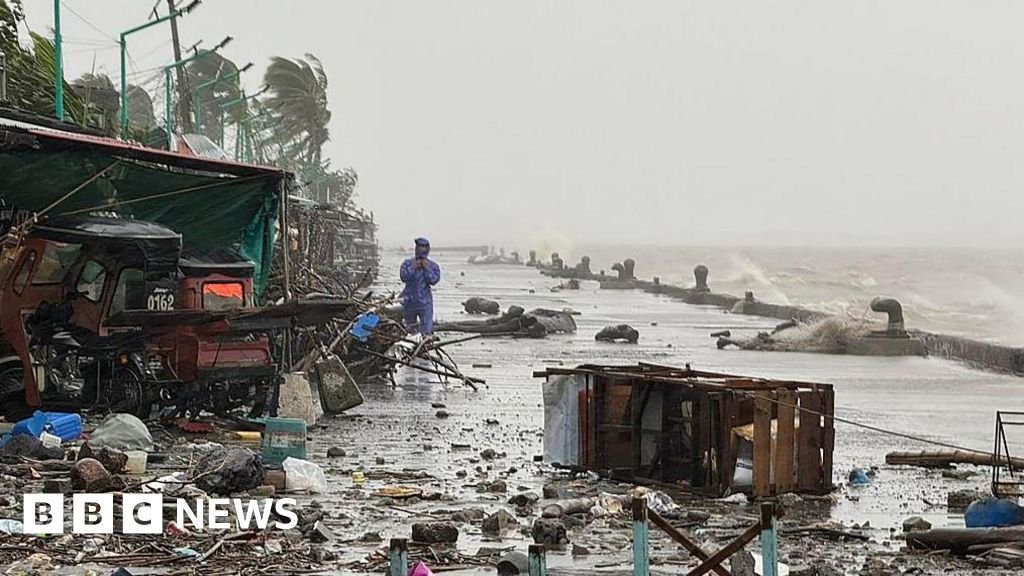Super Typhoon Ragasa: A Brewing Storm in the Philippines
As the Philippines grapples with the imminent threat of Super Typhoon Ragasa, thousands have been evacuated due to alarming weather forecasts. Regional authorities have warned that this natural disaster could be “catastrophic,” with wind speeds reaching an astonishing 230 km/h (143 mph). This typhoon is expected to make landfall in the remote Batanes and Babuyan islands, which are home to around 20,000 people.
Impact of Super Typhoon Ragasa
The Philippine weather bureau has issued warnings about a "high risk of life-threatening storm surge," with peak waves projected to exceed 3 meters (10 feet). Schools and government offices in affected areas, including the capital city of Manila, have been closed as officials prepare for extensive flooding, potential landslides, and significant damage to homes and infrastructure.
Evacuations and Safety Measures
In response to the looming threat of Ragasa, authorities have initiated evacuations in vulnerable regions. The Batanes and Babuyan islands, situated about 740 km (460 miles) from Taiwan, are particularly at risk. Evacuations are also taking place in Hualien, Taiwan, where almost 300 residents have been relocated as precautionary measures. Although Ragasa isn’t expected to strike Taiwan directly, it will bring heavy rains to the eastern coast, prompting the closure of forest areas and nature trails.
Infrastructure Strain and Pre-emptive Actions
In anticipation of the storm’s impact, transport services are being suspended. Cathay Pacific has announced the cancellation of 500 flights departing from Hong Kong, while Hong Kong Airlines has halted all departures. The education bureau in Hong Kong is closely monitoring the situation to determine school operations amid deteriorating weather conditions. Heavy rains and strong winds are expected to impact Southern China as early as Tuesday, placing local residents under alert for potential disasters.
The Broader Context: Recent Flooding and Protests
Ragasa is not the first weather challenge the Philippines has faced this month. Areas across the country are still recovering from weeks of extensive flooding driven by an exceptionally harsh monsoon season. As the nation battles these challenges, public frustration has erupted into protests against government corruption, which has been blamed for the inadequate flood control infrastructure that has left many communities vulnerable.
Super Typhoons in Perspective
A super typhoon is classified as a Category 5 hurricane, the highest designation indicating the severe potential for destruction. With such a classification, the damage from Ragasa is anticipated to be extensive, exacerbating the current struggles faced by communities already affected by flooding.
Preparedness and Public Response
As communities brace for the impact of Super Typhoon Ragasa, officials urge residents to take all necessary precautions. Those living in flood-prone areas are advised to seek higher ground and adhere to evacuation orders. Local governments are mobilizing resources and coordinating with disaster response agencies to ensure the safety of residents.
Conclusion
The unfolding events surrounding Super Typhoon Ragasa underline the pressing need for improved disaster preparedness and infrastructure development in the Philippines. With the nation already grappling with significant flooding, the potential for widespread devastation from this super typhoon is a harsh reminder of nature’s unpredictable power. It is crucial for the public to stay informed and prepared, as authorities work tirelessly to mitigate the impact of this looming catastrophe.
For more information on disaster preparedness, visit Ready.gov and the Philippine Atmospheric, Geophysical and Astronomical Services Administration (PAGASA).


